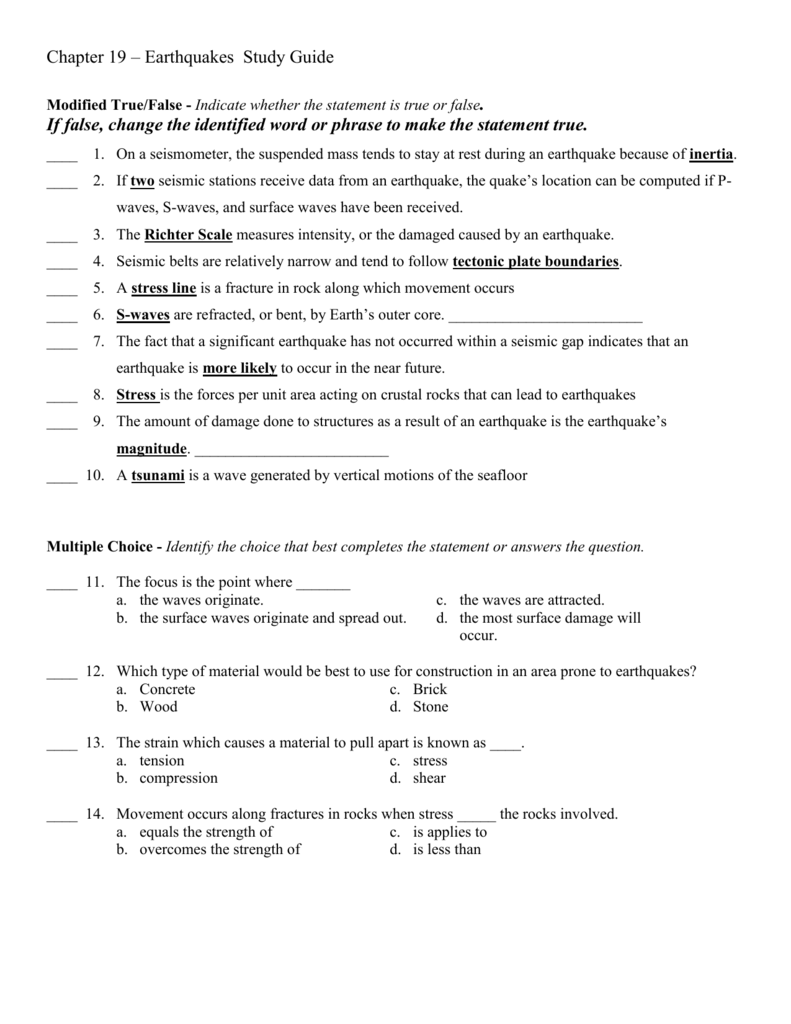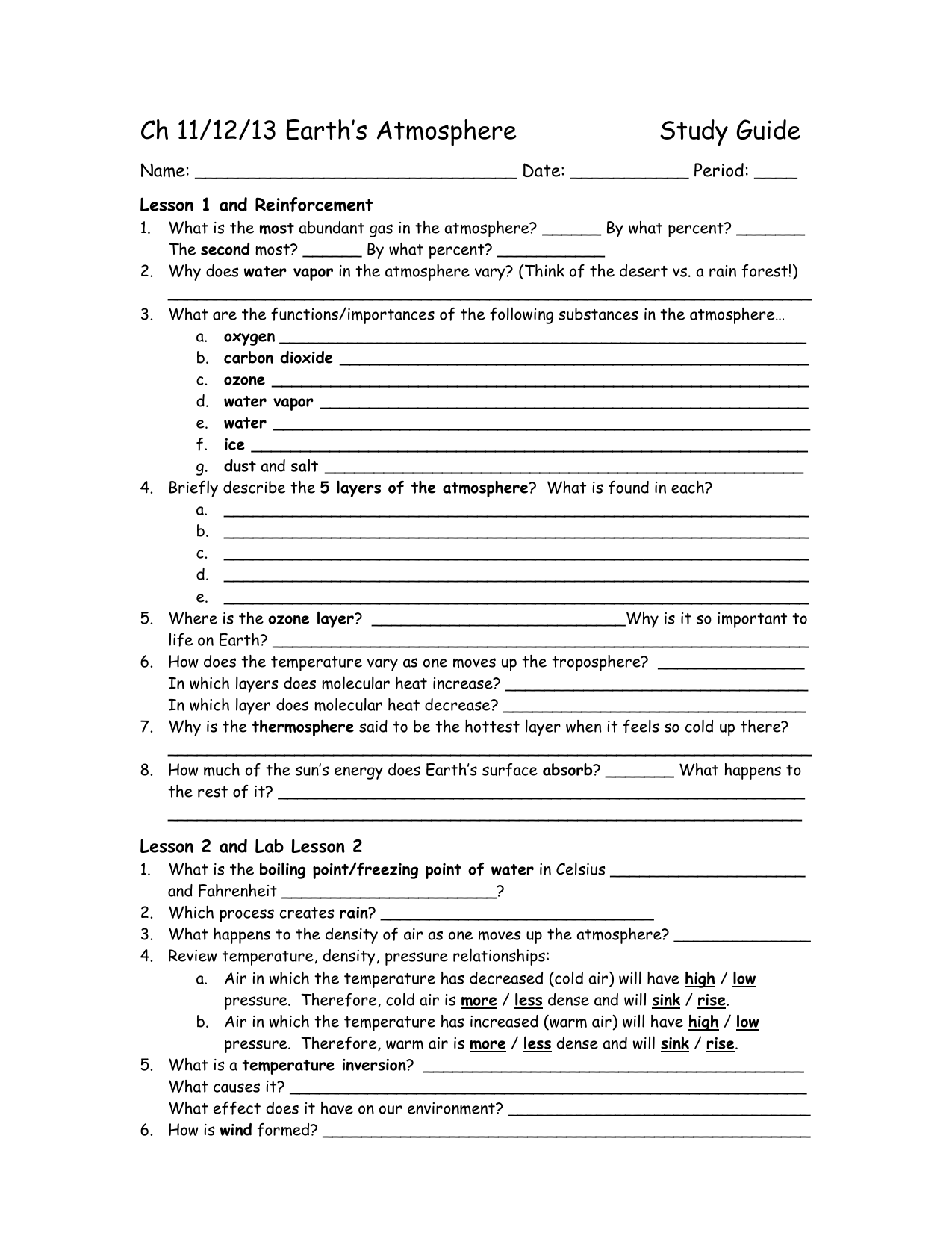

Conduction: the transfer of thermal energy due to collisions between particles Convection: the circulation of particles within a material caused by differences in thermal energy and densityġ3 Atmosphere and Weather Key Terms to know Radiation: the transfer of thermal energy by electromagnetic waves.

What is replication? the action of copying or reproducing something.ġ2 Atmosphere and Weather Key Terms to know What is repetition? the action of repeating something that has already been said or written. The scientific method Is Form a hypothesis State the question Test the hypothesis Observe Record and study data Draw a conclusion What are the steps in the scientific method? You need to know the scientific method and when to use it. To verify data and to validate the experiment Why do you replicate an experiment? You replicate an experiment to further test the accuracy of you experiment and before you share the results of the experiment with somebody else. What did she do wrong in setting up this experiment? The student should have used the same type of liquid to pour through the humus.ĥ Explain why scientists must repeat and replicate experiments.Ħ Explain why scientists must repeat and replicate experiments. She positioned the beakers to collect any liquids that was not held by the clay or humus (dirt). She poured one cup of water into the humus funnel and one cup of maple syrup into the clay funnel. In an experiment, a student filled one funnel with clay and another with humus (dirt). What did she do wrong in setting up this experiment?Ĥ What did she do wrong in setting up this experiment? What was the highest recorded temperature? 80 degreesģ What did she do wrong in setting up this experiment? Nature of Science The graph below shows the average monthly temperatures at one location on Earth over a three year period. What was the highest recorded temperature? Presentation on theme: "Earth Science Study guide answers"- Presentation transcript:


 0 kommentar(er)
0 kommentar(er)
